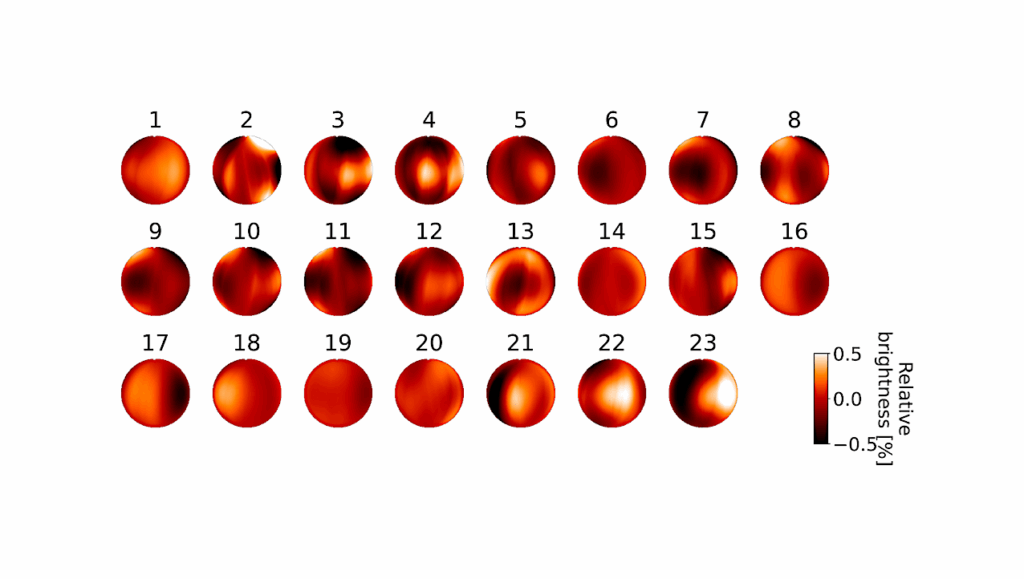The Mercurial Sun At The heart Of Our solar System

As the powerhouse of our solar system, the Sun’s electromagnetic planetary influences appear contradictory. On the one hand, the Sun for aeons emitted radiation which was “just right” for life to evolve in our terrestrial Goldilocks zone, even for such complex organisms as ourselves.
On the other, in the dawn of Earth’s existence the Sun was far dimmer than today, and yet evidence for early liquid water is written into geology. Now in middle age, the Sun should be a benign object of little interest to society or even astronomers. However, for physical reasons yet to be fully understood, it contains a magnetic machine with a slightly arrhythmic 11 year magnetic heartbeat.
Although these variations require merely 0.1% of the solar luminosity, this power floods the solar system with rapidly changing fluxes of photons and particles at energies far above the 0.5eV thermal energy characteristic of the photosphere. Ejected solar plasma carries magnetic fields into space with consequences for planets, the Earth being vulnerable to geomagnetic storms. This chapter discusses some physical reasons why the Sun suffers from such ailments, and examine consequences through time across the solar system. A Leitmotiv of the discussion is that any rotating and convecting star must inevitably generate magnetic “activity” for which the Sun represents the example par excellence.
Philip Gordon Judge
Comments: 18 pages, 11 figures; accepted as a chapter in the book “Planetary systems now”, eds. Luisa M. Lara and David Jewitt, World Scientific Publishing Co Pte Ltd
Subjects: Earth and Planetary Astrophysics (astro-ph.EP); Solar and Stellar Astrophysics (astro-ph.SR); Space Physics (physics.space-ph)
Cite as: arXiv:2205.03498 [astro-ph.EP] (or arXiv:2205.03498v1 [astro-ph.EP] for this version)
Submission history
From: Philip Judge Dr
[v1] Fri, 6 May 2022 23:08:02 UTC (5,672 KB)
https://arxiv.org/abs/2205.03498
Astrobiology








